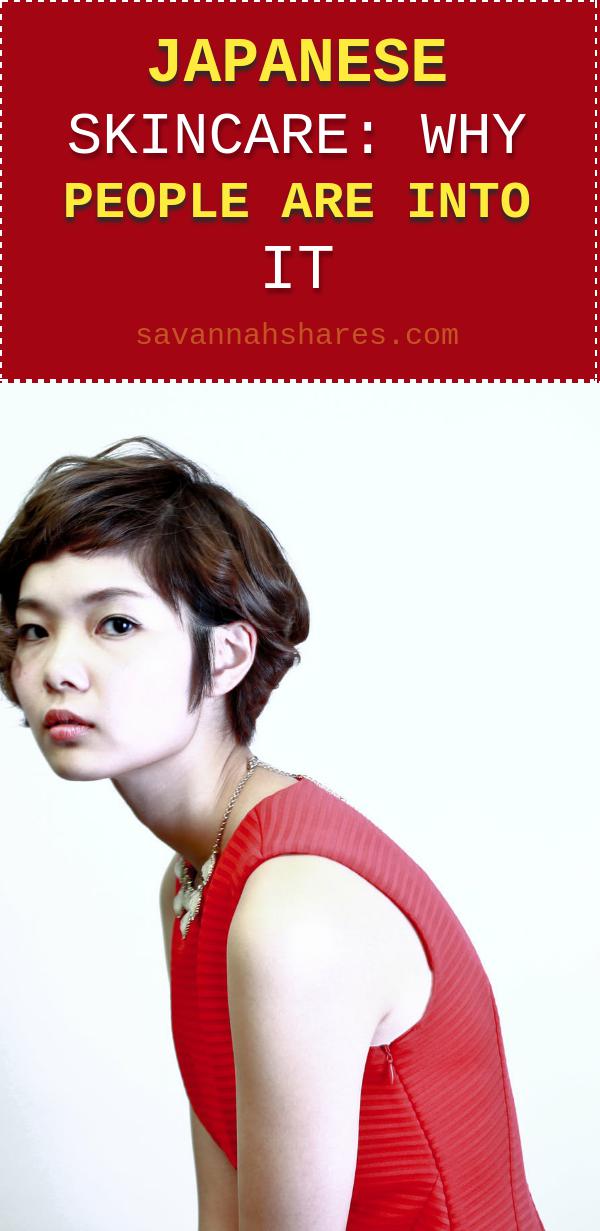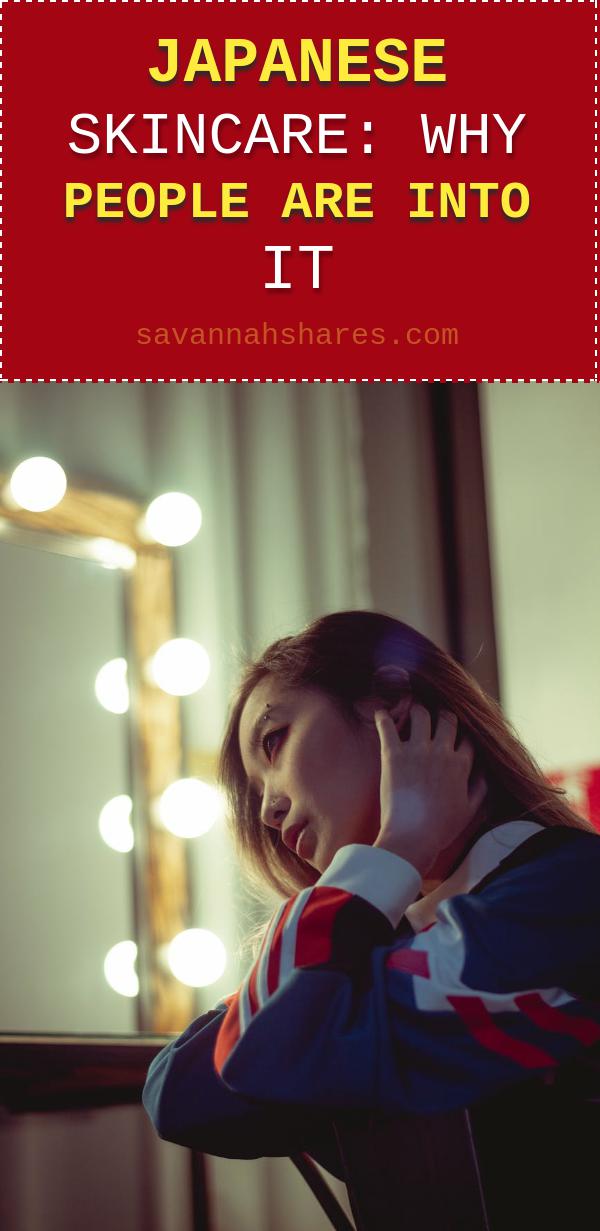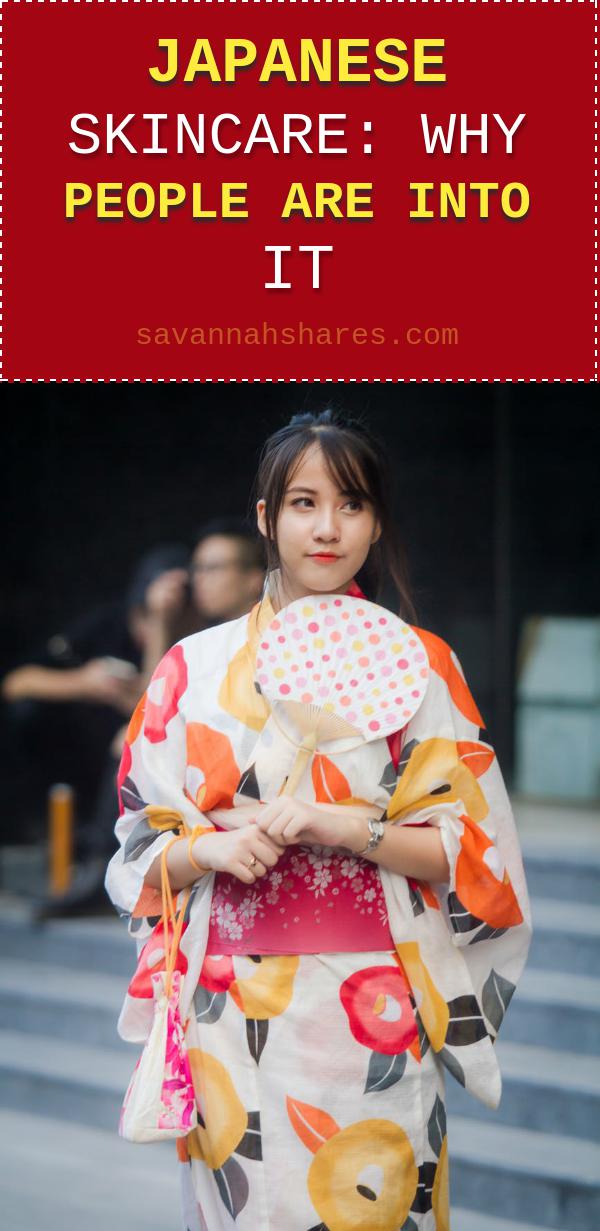The image of the Japanese girl, despite or because of anime, is easily among those things that a number of men find powerfully appealing. The look isn’t something everyone goes for, but a sizable enough portion of the population has found interest in it. It helps that, for some reason inexplicable to all but the Japanese (and, to some extent, the Chinese and the Koreans), the women in that part of the world never seem to age properly. That is, thanks to Japanese skincare secrets, even a woman well into her mid-forties looks a little too much like a woman who’s only in her early or mid-twenties. Even more startling to observers is just how little involvement plastic surgery and expensive cosmetics have in Japanese skincare and beauty maintenance. Just how do the Japanese manage to keep even middle-aged women looking like teenagers?
Most analysts would like to point out that Japanese skincare and beauty maintenance is remarkably different from other areas. Closer inspection reveals a number of similarities and parallels to Chinese beauty secrets (because just about anything in Japanese culture has some sort of loose parallel to Chinese culture somewhere), but the differences still stand out. Most reputable authorities point out that it is likely that the standard Japanese diet forms the core of their ancient secrets.

Even with the arrival and success of big chains such as KFC and McDonald’s, traditional food still makes up the bulk of the average meal. Most Japanese, in a recent survey, revealed that the occasional Big Mac was good for a treat, but bowls of ramen or a few rounds of sushi were still preferred as regular meals. The diet, on most levels, is much simpler and, culturally, great emphasis is placed on preparing food such that it retains as much of its natural state as possible. This usually translates to fewer chemicals being used in the cooking process, which is something Western diets have large quantities of.
Reports also indicate that Japanese skincare regimes tend to use a wide variety of natural herbs, rather than relying on chemical treatments. There are numerous herbs that naturally occur in Japan that help fight off the negative effects caused by the various adverse weather conditions that the skin has to endure. They also help fight off all the pollutants and skin irritants that fly around, thanks to the highly industrialized nature of the country’s urban infrastructure.

Cosmetics in Japan also lend to the apparent ease that women who employ Japanese skincare techniques enjoy. Chemically speaking, Japanese cosmetics are much lighter than their Western counterparts. Most Japanese-made cosmetics rely more on essential oils and components derived from herbal treatments than anything else, with some products having a firm basis in food. They also do away with some potentially damaging chemicals by insisting that everything be free of any scent. It is a poorly recognized fact that adding scent to make-up can sometimes cause problems in long-term skincare. The focus on natural products and compatibility with even the most sensitive skin conditions is often combined with products that have a stimulating effect on the skin, making it appear more vibrant and young.
As stated, Chinese and Japanese beauty secrets are very similar to one another in principle, if not in tactics. Both cultures have honed their skincare and beauty management secrets to keep their people looking as fresh and as young as possible for as long as possible. Both sides have managed to succeed in that endeavor, though factors in the Japanese diet appear to have given the Japanese the edge in terms of maintaining that porcelain doll look much longer than their Chinese counterparts.

